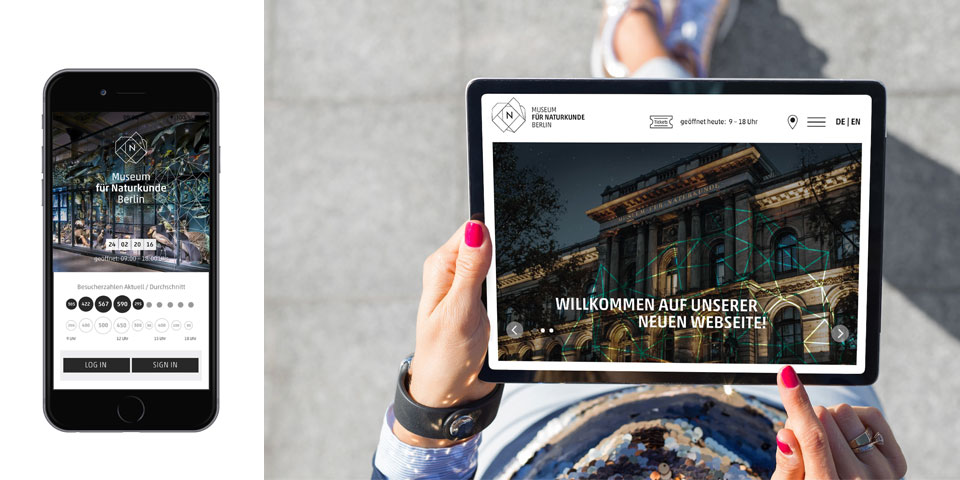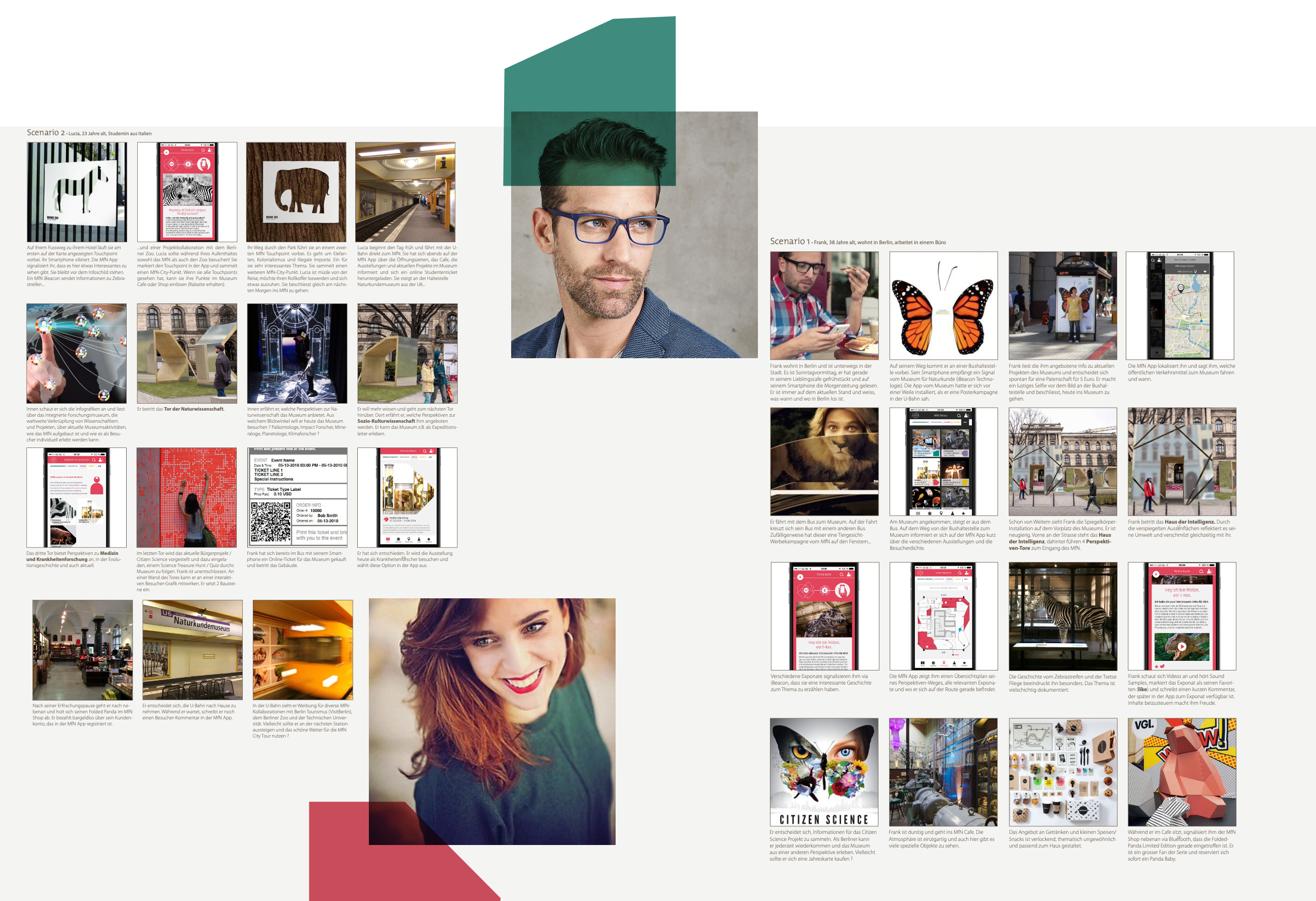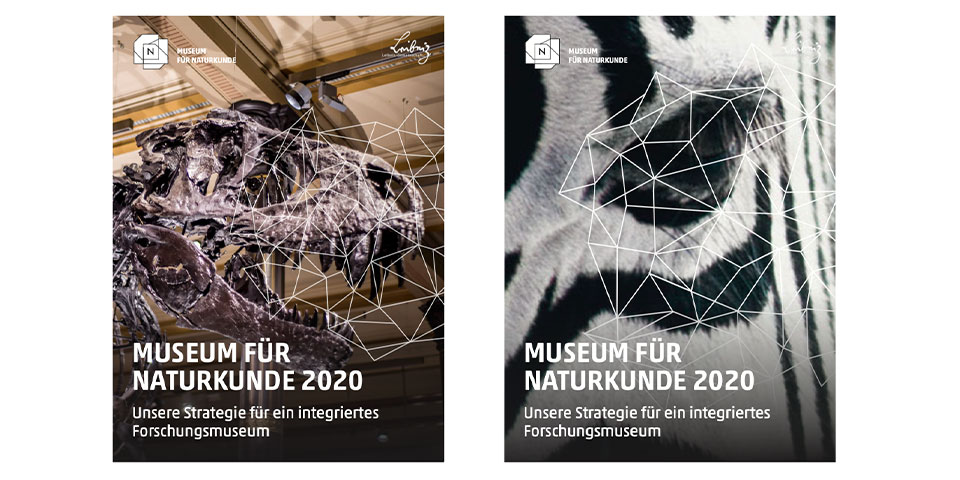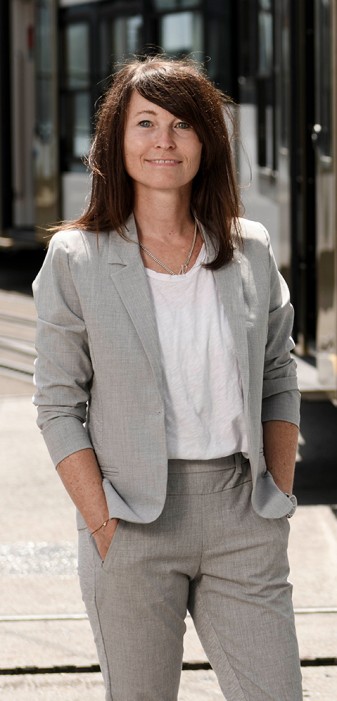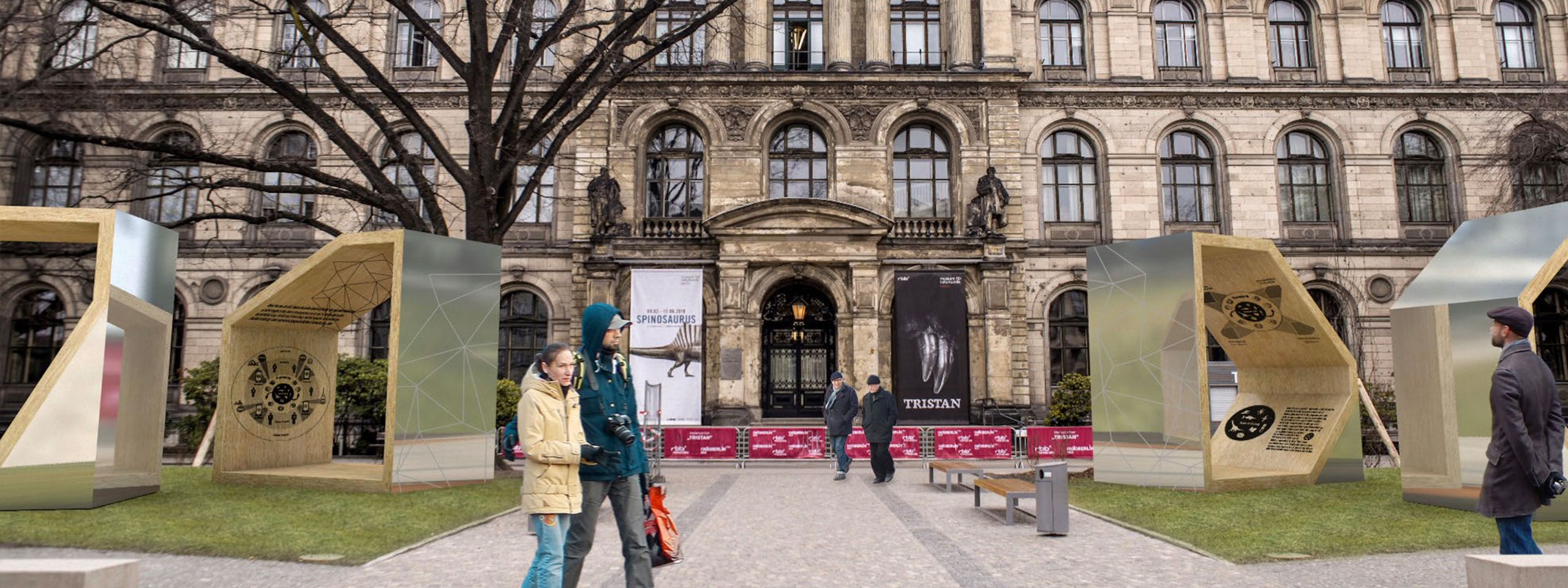One visit, many experiences: multi-modal visitor concept for the Museum of Natural History Berlin
How do you turn a traditional natural history museum into a place where visitors want to return again and again? Milani worked with researchers and curators to develop an innovative, multimodal visitor concept that appeals to families, children, and grandparents alike, making every visit to the museum a new experience.
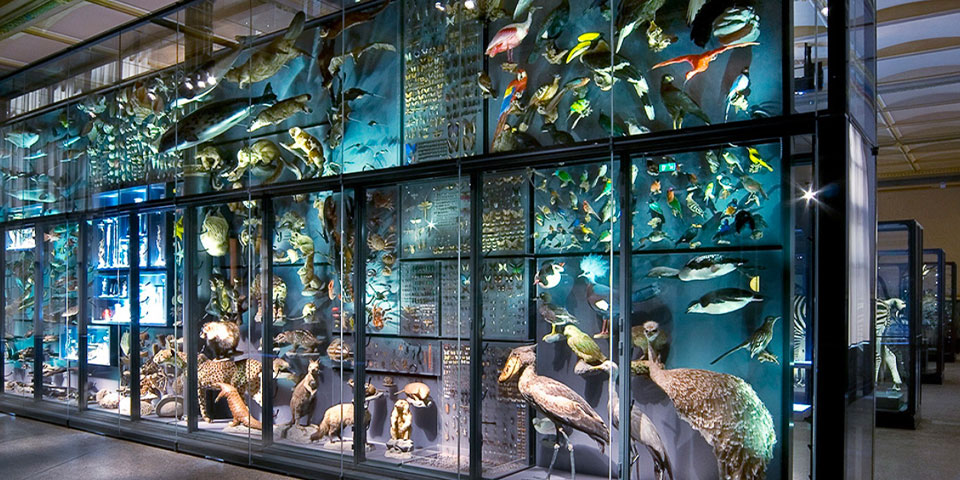
The challenge: From a one-time experience to a recurring discovery
The Museum of Natural History in Berlin is one of the most important natural history museums in Europe. Its spectacular exhibits, such as the world-famous Brachiosaurus, attract hundreds of thousands of visitors every year. However, experience has shown that most visitors only come once or twice. One of the most important target groups, families with children, were particularly difficult to retain in the long term. While the museum visit was impressive, it remained a one-time event. This raised a key question for the museum: How can we transform a place of wonder into a place that people want to rediscover again and again?
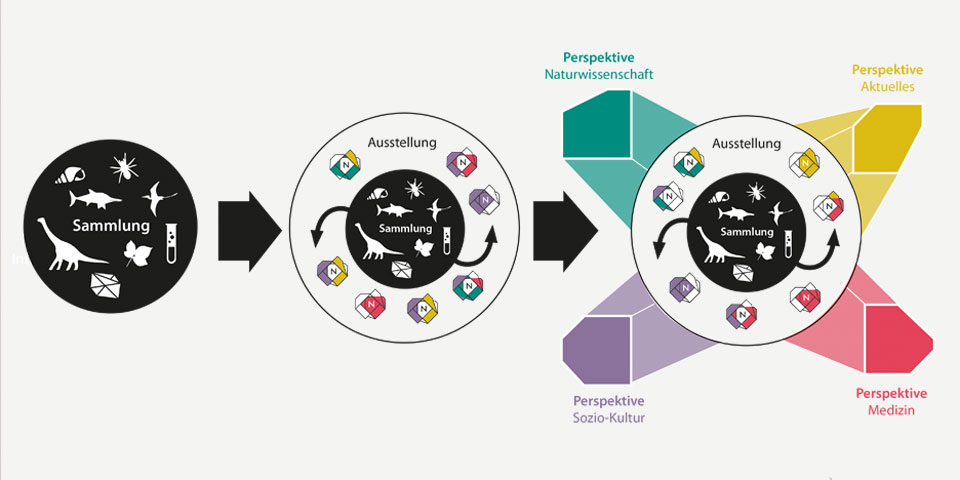
Adventure Trails That Bring Stories to Life
To present the museum's content in an exciting and accessible way, Milani initiated co-creation workshops with researchers, curators, and other stakeholders. Their expertise in scientific contexts and exhibition treasures formed the basis for developing new forms of communication. At the same time, Milani created detailed personas that represented the needs of the target groups, such as young parents who want to learn with their children in a playful way. Schoolchildren who prefer to immerse themselves in stories rather than read dry facts, and curious adults who enjoy discovering new things and being surprised. And curious adults who enjoy discovering new things and being surprised.
These insights gave rise to an innovative, multimodal visitor concept: four adventure trails that allow visitors to experience the museum from different perspectives. Each trail opens up new topics, guides visitors through different areas of the exhibition, and tells its own story, whether as a doctor, excavation specialist, or research scientist. An interactive app accompanies the routes, providing background knowledge, playful elements, and digital insights. This turns every tour into an individual journey of discovery, making the museum exciting every time you visit.

The visitor experience extends beyond the museum doors.
The concept extends beyond the entrance. Potential visitors are made aware of the paths and guided to the museum while still in the city through posters, digital signs, and accompanying campaigns. Additionally, Milani developed an attractive restaurant concept to complement the museum experience. It's a place that offers more than just a break from the tour—it's a space to linger and discuss, and another reason to come back.
